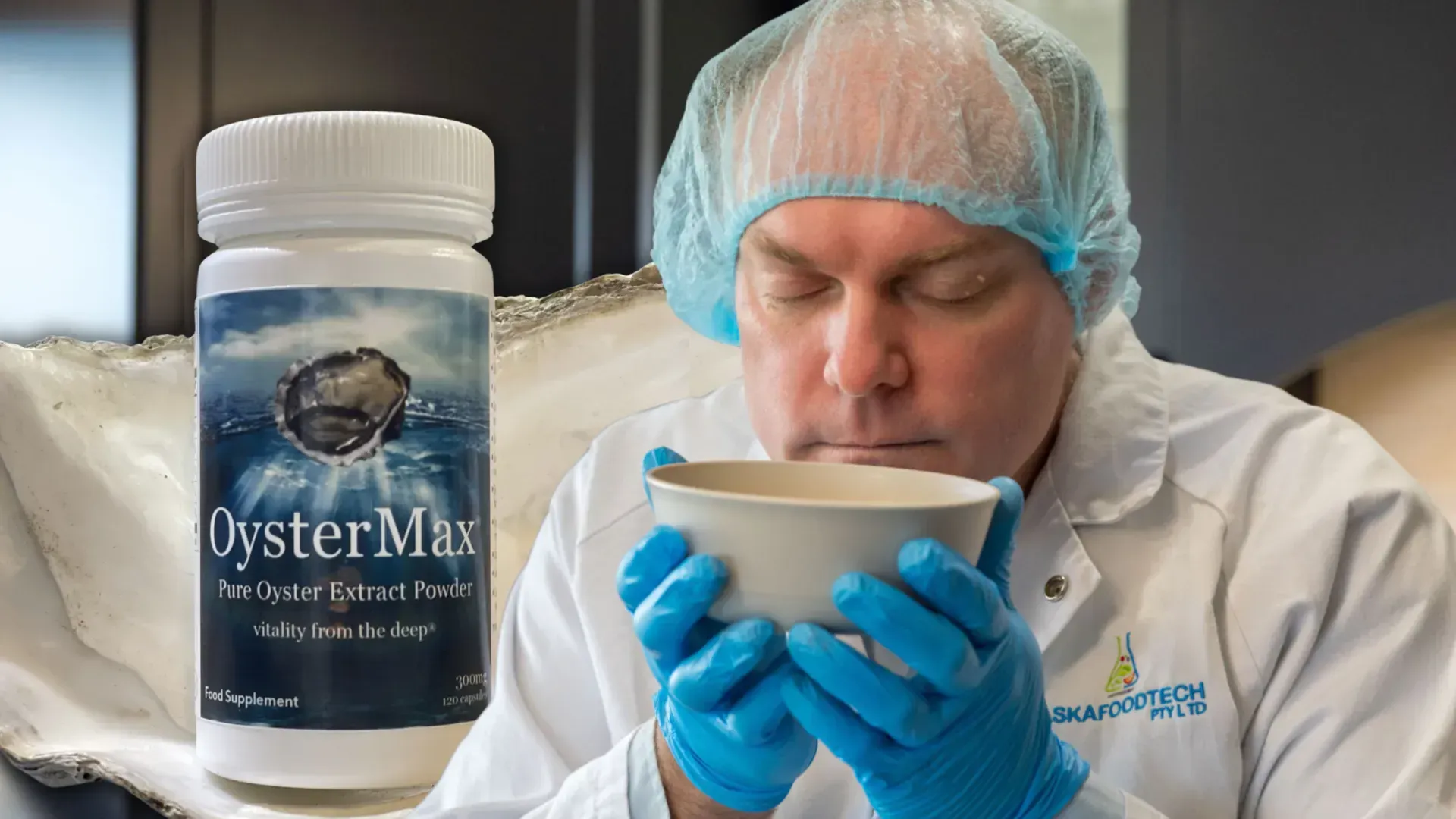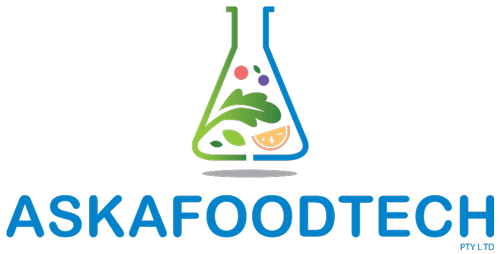Food Allergy & the Mental Load
Food represents a basic need for human existence. The reasons why consumers choose certain products over others is a significant area of interest within the food industry world.
Many food businesses invest significant amounts of money trying to preemptively understand a consumer’s intent to purchase. This is done to increase their confidence in the success of a product launch.
Shepherd’s article The psychology of food choice proposes that food choice is influenced by a wide range of interrelated factors, some of which change over time (Shepherd, 1990). However, what if that change comes from a physiological condition such as a food allergy. How does this impact food choices?
A widely accepted definition of an allergy is the body’s immune response to an otherwise harmless substance by the body, (Allergy & Anaphylaxis Australia, 2019). People can be allergic to a range of things, including dust, mould, and food. According to Allergy and Anaphylaxis Australia, the prevalence of food allergy is growing in Australia; however little is understood about the reasons why. The latest statistics indicate that up to ten percent of infants in Australia are medically diagnosed with a food allergy (Allergy & Anaphylaxis Australia, 2019). Some people who develop childhood allergies do grow out of it by the age of sixteen. However, there is a small proportion who have allergies for their entire life.
Diagnosis with a food allergy becomes a strong internal influence over a buyer’s behaviour. It impacts every aspect of decision-making from perceptions and attitudes and requires significant retraining to break the schema of a non-allergic consumer. My family first felt this juxtaposition when our son was diagnosed with his allergy at the age of two. Before the diagnosis, our family choices of food were largely unaffected and considered normal. My son’s diagnosis resulted in a complete make-over of the pantry removing products that declared any traces of nuts or sesame seeds.
“When you think about this and common warning statements, sesame eliminates a lot of commercial bread and some premade sauces. Nuts eliminate most chocolate brands, most ice cream brands and most biscuit / cracker brands. Thankfully my son has grown out of all except his peanut and almond allergies, but they still impact the way we shop and eat”.
In my own experience, living with a food allergy changes your perception of how you choose your food. In their article Rachid & Keet, write about how living with food allergies can manifest itself in feelings of insecurity derived from the perceived or real risk of accidental exposure as well as social and dietary limitations that can have an impact on their quality of life (Rachid & Keet, 2018). While scientific research continues to search for cures for food allergies, the standard of care is avoidance of the antagonist (Rachid & Keet, 2018).

An allergic consumer relies on allergen declarations on packaged food to guide them to a safe choice.
The Australian Food Standards Code sets out the requirements for the mandatory declaration of the most common allergens.
While this does provide a level of confidence, many products also bear a voluntary precautionary labelling statement that may confirm ultimately whether a food is suitable or not.
In Shepherd’s article The Psychology of Food Choice, a parallel can be drawn with non-allergic consumers having different perspectives on risks of the safety of foods they eat (Shepherd, 1990). Rachid & Keet (2018) allude to the cognitive burden on the allergic consumer and contest that the need for avoidance of foods bearing a precautionary warning statement and the impacts on quality of life are controversial.
The allergic consumers attitudes towards the precautionary statements vary as widely as the statements themselves. Shepherd’s article may offer some clues as to why this is the case suggesting that people over-estimate risks associated with infrequent events such as poisoning from pesticide residue compared with risks from food poisoning bacteria that are a more common occurrence (Shepherd, 1990). The same may be said for how the allergic consumer may interpret the precautionary allergen statements.
“This can create severe food anxiety for an allergic consumer. The mental load of living with a food allergy or intolerance can be very intense. Global issues such as a pandemic or war can intensify these feelings, but they are usually at their highest when eating away from home”.
While I agree this can be the case, our family circumvents these perceptions and attitudes to allergies and the issues with food labelling by carefully planning our weekly menu and shopping for ingredients that do not present a risk. Essentially, we have created our own Schema for assessing the safety and suitability of packaged food items. We micro-manage the shopping process, scrutinising the labelling for products that are free of any allergens of concern. Consumers dealing with a food allergy may establish a similar pattern of behavior with their shopping.
In summary, an allergic consumer’s food choice will be heavily influenced by their perception of safety. This safety will be garnered from their confidence in the food labels they read. This in turn will influence their attitude toward choosing or not choosing an item.
A newly diagnosed consumer will take some time to develop confidence in their food choices as they learn to interpret labels and build their own library of safe foods to eat. This in turn leads to an allergic consumer often being very loyal to a given brand that gives them the confidence to eat safely. However, the underlying anxiety will remain; the extent of which will vary for every affected consumer.
Bibliography:
Allergy & Anaphylaxis Australia. (2019). Do you live with allergy brochure. Retrieved September 2021, from Living with the risk: https://allergyfacts.org.au/images/pdf/AAA_Do_you_live_with_allergy_Brochure_2019.pdf
Allergy & Anaphylaxis Australia. (2019, April). Food Allergy. Retrieved September 2021, from Allergy & Anaphylaxis Australia: https://allergyfacts.org.au/allergy-anaphylaxis/food-allergy
Rachid, R., & Keet, C. (2018, March / April). Food Allergy: What’s on the Menu in 2018? J ALLERGY CLIN IMMUNOL PRACT, 6(2), 419-420.doi:10.1016/j.jaip.2017.12.010
Shepherd, R. (1990).
The Psychology of Food Choice. Nutrition and Food Science, 2-4. Retrieved September 2021

About the Author:
Stewart Eddie (Bapp Sc Food Science & Technology) is Director and Principal Food Tech at ASKAFOODTECH PTY LTD; a food technology consulting company that inspires, educates, and serves food producers with an ambition to grow and manage risk. Living with a severe food allergy and being a food technologist, Stewart is uniquely placed to help your food manufacturing business with your allergen management planning. If you would like more information on the services that ASKAFOODTECH PTY LTD can provide, please
contact us.
A purpose driven leader who has accumulated extensive hands-on experience in all aspects of developing and industrialising new products.
Stay up to date with ASKAFOODTECH.
Mailing List
Thank you for joining the ASKAFOODTECH mailing list.
Oops, there was an error in joining the ASKAFOODTECH mailing list. Please try again later.








